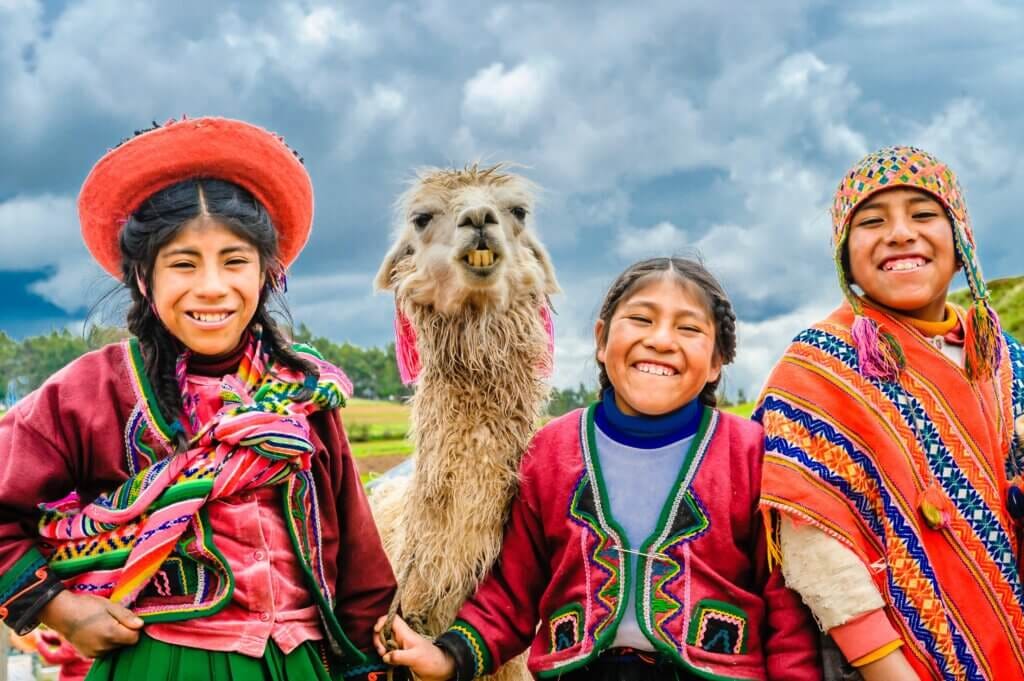Reviving Indigenous Voices: The Role of Quechua Language Translation in 2025
Reviving Indigenous Voices: The Role of Quechua Language Translation in 2025
Why Quechua Still Matters
In the digital age, where dominant languages shape global discourse, the resurgence of indigenous tongues like Quechua is a story of resilience. Spoken by nearly 8 million people across the Andes, Quechua isn’t just surviving—it’s reclaiming space. This comeback is not by accident. Governments, scholars, and communities are leveraging technology and linguistic services to bring Quechua into classrooms, courtrooms, and even coding bootcamps.
As the official language in Peru and Bolivia, Quechua’s integration into public systems is only possible through consistent, high-quality Quechua language translation services. These services do more than interpret—they bridge a historical gap between marginalized voices and the institutions that once overlooked them.
The Modern Need for Quechua Translation
1. Access to Public Services
Millions of Quechua speakers still face barriers when seeking legal, medical, or educational assistance. With limited bilingual staff in many institutions, accurate document translation services are indispensable for inclusive access.
Legal documents (property titles, IDs, contracts)
Healthcare forms and public health materials
School reports, university applications
2. Cultural Preservation
Translation helps preserve oral traditions, folk tales, and community history by turning them into accessible written records. Organizations like the Smithsonian and Wikitongues are collaborating with translators to digitize these treasures.
3. Global Collaboration
International NGOs and researchers working in rural Peru and Bolivia require clear communication tools. From climate change research to human rights campaigns, reliable translation services ensure indigenous voices are heard in policymaking and academic forums.
The Rise of Certified Translation
For formal matters—like applying for a visa or presenting evidence in court—translation isn’t enough. A certified translation affirms the accuracy of the document and the qualifications of the translator. Governments and institutions increasingly require this step, especially for non-dominant languages like Quechua.
Certified translation helps:
Validate educational qualifications abroad
Submit immigration or asylum documents
Comply with international grant requirements
Innovation Meets Tradition
Major tech companies are stepping in:
Google Translate added Quechua support in 2022
Microsoft AI is testing speech recognition in Andean dialects
Startups are integrating Quechua into e-learning platforms
But raw technology isn’t enough. Machine translation still falls short on grammar, tone, and cultural nuance—areas where professional translators excel. That's why linguists and AI developers often rely on human-curated translations for training models.
Conclusion: A Future Worth Translating
Reviving Quechua isn’t just about saving a language. It’s about equity, access, and honoring identity. In 2025, quality translation isn’t a luxury—it’s a necessity for inclusivity. The demand for Quechua language translation services is rising, not out of trend, but out of a global reckoning with past injustices.
When translation lifts up the historically silenced, it becomes more than a service. It becomes a movement.




